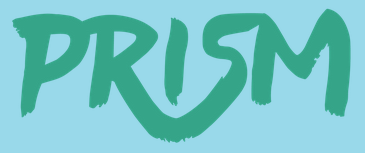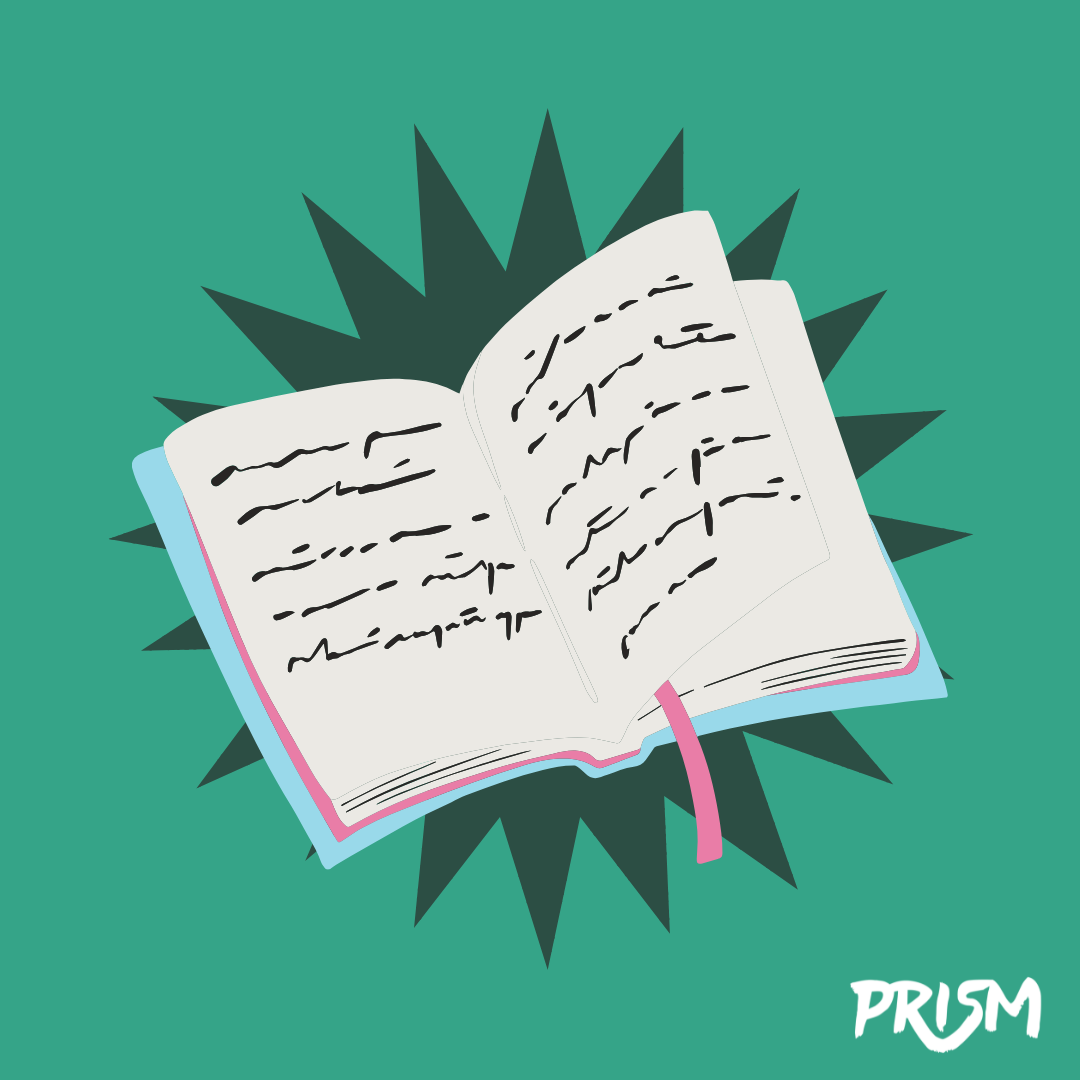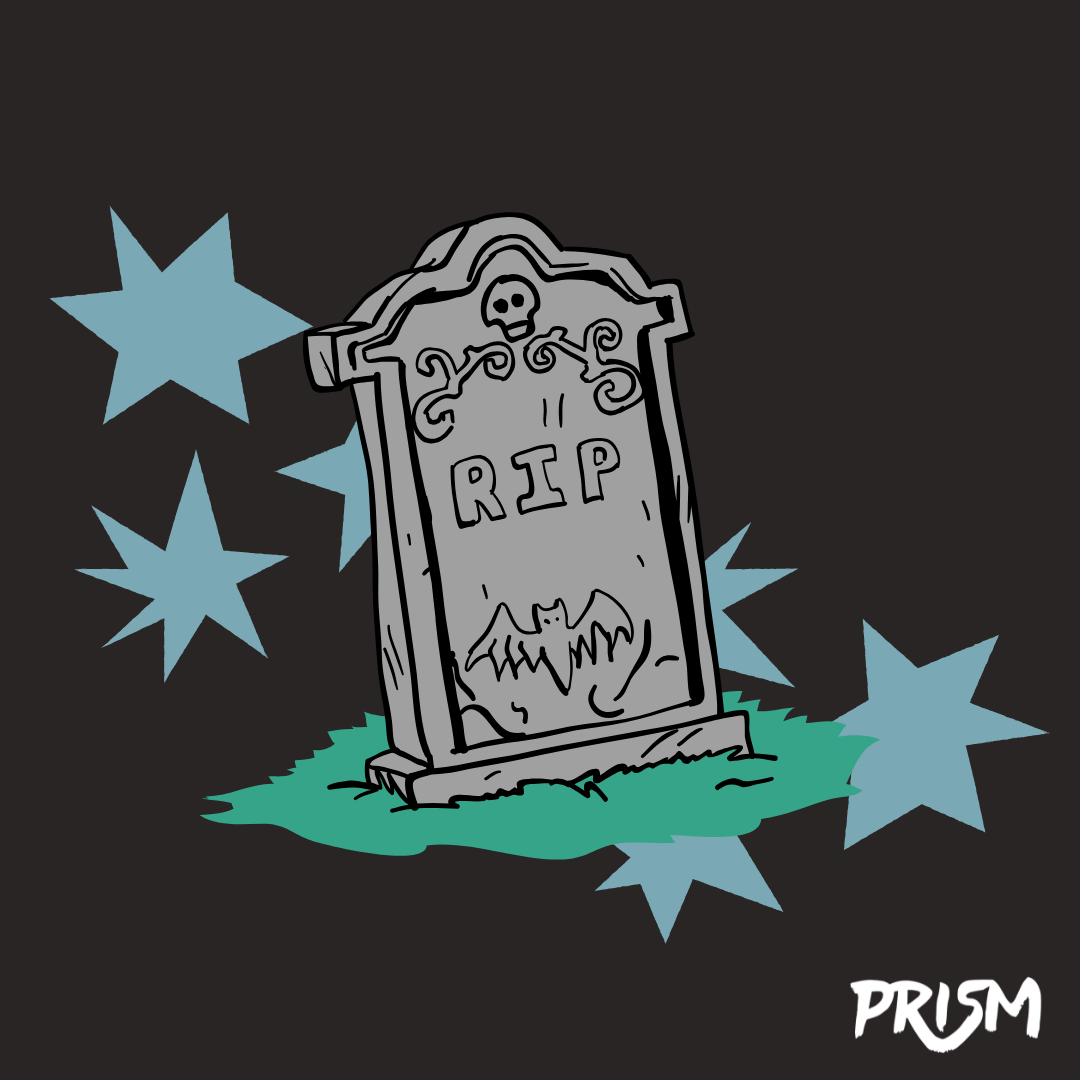
So, you just wrote a piece that you’re really proud of. If you’re interested in getting your name out there, or starting and building your literary career, publication seems like the natural next step. But where to start? Finding a home for a piece can be an intimidating, confusing, and time-consuming process, but we’ve got your back. In this complete guide, you will find advice on preparing a piece for publication, resources for finding literary magazines, information on formatting, and most importantly, what to do if you get rejected.
Before submitting
- Let it sit. This may be counter-intuitive: You just wrote a great piece and want to get it published, so why wait? The way you think about a piece might change in a few weeks or months. You just finished writing it, you’ve read through it again and again (and again and again and… you get the picture,) but at this point, it can be hard to take a step back and judge it critically. Don’t be afraid to let it sit for a while and come back with a clear mind. When you read it again with fresh eyes, you might pick up on some inconsistencies or mistakes that you skimmed past before. In the meantime, you can work on other projects or wait for your favorite literary magazine to open submissions again.
- Find your vision. Sometimes the real work begins after you’ve put your computer and notebooks away. Have you ever written something with a great idea in mind, only to find that the piece has taken a life of its own after you’ve written it? Ask yourself what you want from the piece. What themes, messages, or feelings do you want it to call upon? What is the purpose of the piece? What compelled you to write it? Sometimes the final product will reflect the initial vision you had for it, but sometimes it won’t. In that case, decipher its purpose and tone, and make sure it’s consistent with your new vision.
- Proofread and edit. Some might think I’m stating the obvious here, but a lot of publications receive work that has been minimally edited or has obviously not been proofread at all. Spelling and grammatical mistakes significantly decrease your chances of getting published. Some literary magazines will edit your pieces for you before publication, but others don’t have the time to spare, and will only accept ready-to-publish pieces. Save yourself the trouble of spotting mistakes only after a piece gets rejected, and be prepared to put in the time. It can be helpful to touch up on grammatical rules and structure. You can’t trust grammar-checking programs to catch everything.
- Have someone else read it. The most important part of the editing process is expanding your perspective on a piece. This can be done by letting a piece sit for a while, but you can (and should!) expand your perspective by seeking out a second opinion. Share your writing with your friends, your family, your teachers, or whoever will read it. Ask for feedback and constructive criticism you can use to gauge the strengths and weaknesses of a piece. It can be helpful to share your work with a variety of people. A casual reader who reads for entertainment could serve as a good sample audience, while a reader well-versed in the literary craft could read the piece as critically as an editor for a publication you’re interested in. Consider the type of feedback you’re interested in and how much of it you need. If you have a little extra money, it could be beneficial to hire a freelance proofreader to give thorough and comprehensive comments on your piece.
- Edit again! Based on your new vision of the piece and on what feedback you got, you’ll have to choose what to change and what to keep the same. Consider the feedback you got on your piece carefully, but know that it doesn’t serve as iron-clad guidelines of what to change. Remember: as the writer, you know the piece better than anyone else. Make some copies of your piece and play around with new ideas. Even if you don’t go with all of the feedback, creating some alternate versions of a piece can help you understand it better and cement your vision.
Submitting Your Work
- Find some literary magazines! The internet is stocked with resources for finding literary magazines to submit your work to. Sure, you could just look up “litmags for horror poetry” or “flash fiction competitions,” but these websites will really help you narrow things down. Websites like Chill Subs, Submittable, and Poets & Writers all have long lists of literary magazines that you can scroll through and pick out whatever catches your eye. While Submittable also functions as a submission portal, Chill Subs and Poets & Writers literary magazine guides have profiles for publications that include information about response times, fees, and what kind of work they accept. You can use filters on all three websites to narrow down the list to some options that will best suit your work.
- Pick a publication. Picking the right literary magazine to send your work to can be one of the most fun – or most time consuming – parts of the publishing process. First, assess your own work. Is it prose or poetry? Fiction or nonfiction? What genre is it? Is it realistic or speculative? What’s the word count? Is it formal? Dramatic? Evocative? Campy? Tragic? Satirical? You’ll have to know all of these things before looking for publications to submit your work to. It can be tempting to apply to a publication that offers prestige, but if you strategically look for one that matches the personality of your piece, you’ll be more likely to get published. You can also look for calls for submissions corresponding with a theme that you feel like is represented in your piece.
- There is much to consider when you are researching a literary magazine. You might want to submit to a publication that has an appealing and frequently updated online presence so that your work will be accessible to the public. Always check what a publication’s policy is on retaining rights to your work if they publish it. Many publications will not accept submissions that have been previously published elsewhere. They might have clauses regarding how long they retain the rights to a piece before it can be published elsewhere online, for example, on your website or online portfolio. Some publications offer payment if they decide to publish your work. Sometimes, literary magazines will charge a fee if you are submitting your work to them. Fees help pay staff and frequently pay the published writers, but can sometimes be inconvenient to student artists. Even though a lot of prestigious publications charge fees, there are a plethora of well-known literary magazines you can submit your work to without paying. Once you find some literary magazines that might be a good home for your work, check out the submission guidelines to ensure that submissions are open and that your work will be considered. It is always recommended to read other published pieces where you are considering submitting your work so that you can get a better feeling for the publication (and so that you aren’t wasting your time – or the editors’). If you don’t have time to do so, skim some pieces that seem similar to yours in theme or format. You might also want to read the literary magazine to make sure that the other published pieces fit your standards of quality.
- Formatting a piece: How you format your work will vary depending on where you’re submitting it. Different literary magazines want to see different things, which is why it’s ALWAYS important to dig into those submission guidelines and read the fine print. But what if they didn’t specify? If there are no specifications, play it safe and keep professional by including a document header with your full name, phone number, and email. Sometimes people will include their address, but nowadays, this generally isn’t considered necessary. Keep the header aligned to the left. On the same line as your name and aligned to the right, you should include a word count for prose pieces or a line count for poems. For prose pieces, you can generally round to the nearest hundred (i.e. if a piece is 1,497 words, you can just say “around 1,500 words.”) Format your pieces in size 12 Times New Roman to ensure that it is formal and easily readable. Some publications will ask you to use Shunn Manuscript Format or Poetry Manuscript Format. Find specific and easy-to-follow examples here https://www.shunn.net/format/
- Write a cover letter. When submitting your work to a magazine, you may be asked to write a brief cover letter and author biography to go with your work. Cover letters for publication are different from those in job applications. Unless you’re sending a book manuscript somewhere, one or two paragraphs will suffice. Before you start, make sure to check if there are guidelines on what the cover letter should or should not include. You can also look at the masthead of a journal to address the editors personally in the opening of your cover letter. Between the opening and closing of your cover letter, include these three essential elements: Introduce the title of your piece, state the word count, and thank the editors for their time and consideration. Unless indicated otherwise, you should include a brief biography beneath your cover letter. Your biography should always be in third-person. Biographies frequently include other publishing credits, but if you’re just starting out, you can state what type of writing you do, where you’re based out of, or another fun fact about yourself. Keep it concise and professional. You may also add a website url or social media handles to your biography.
- Submit! You’ve found the perfect literary magazine to send your work to, you’ve checked the formatting, double-checked the submission guidelines, written a cover letter, and now it’s finally time to send in your writing. The majority of publications will have submissions open either by email or by a submission portal. If you are submitting your work by email, check in the submission guidelines if there are any specifications on who to send it to or what the subject line should be. You can typically copy your cover letter into the body of the email and add your work as an attachment. You might want to make a new email address that is specifically for publication emails and updates. If you are submitting your work through a portal such as Submittable or Moksha, you can make an account to help keep track of your work and its publication status.
If you are sending out a piece of writing to multiple literary magazines at once, it becomes a simultaneous submission. Not all publications allow simultaneous submissions, but many do with the stipulation that you notify them if the piece has been accepted elsewhere. Always notify publications of a changing submission status. To keep track of submissions (and to avoid any blunders) create a spreadsheet with the pieces you are looking to publish, and list out where you have submitted them or where you might send them in the future.
After Submitting
- Wait and be patient. Waiting can be hard, especially when you put in so much work just to submit your piece for publication. Long wait times are common for literary magazines, and usually depend on the number of issues they publish per year. It isn’t uncommon to have to wait between 1-4 months to hear back about your submission. Wait times are usually listed within the submission guidelines. If you haven’t heard back about your submission in a few months, you may send a polite follow-up email including the name of your piece and when you initially submitted it.
- Dealing with rejection: Never fun but always true: rejection is the name of the game when it comes to submitting your work for publication. Even for the best writer in the world, rejection, and lots of it, will be unavoidable. It can be difficult, but don’t let it discourage you. There are a multitude of reasons as to why your work might get rejected, and some of them have nothing to do with the quality of your piece. Rejection might happen because of grammatical, spelling, or formatting mistakes; the editors might have met their quota for their upcoming edition, thought that the subject matter of your piece wasn’t a good fit, or liked other pieces more than yours. Rejection sometimes comes with a silver lining: if the editors enjoyed your writing, you may be encouraged to submit your work again to the publication. Take rejection with a grain of salt and be ready to move onto the next thing. A lot of the time, literary magazines will be too busy to give personalized rejections citing the reasons for their decision, so it’s best not to dwell on it. Remember: it’s nothing personal!
- Learn from your mistakes. Sometimes, when you revisit a piece after a rejection, you might catch some mistakes in the story or formatting. Don’t beat yourself up over it – humbly accept your mistake, fix it, and move on. There will be plenty of learning opportunities as you begin your journey to publication; it’s only natural to make some mistakes while starting out. It’s always a good idea to go over a piece after it’s been rejected before submitting it elsewhere, just in case!
What’s the next step after acceptance?
It’s finally happened: all of your hard work and waiting has paid off, and you’ve just received that magical email declaring that your piece has been accepted. What next? Make sure to acknowledge the editors’ email right away to express your gratitude. If your piece is being published in print, you might inquire if featured authors can get a free or discounted copy. If you’re getting paid for your piece, you might have to have a specific mobile payment service to receive it, or give the editors your address so they can send you a check. Once the piece is published, update your author biography to reflect your new achievement. If it is published online, you can link it to your website or online portfolio. Make sure to honor the rights agreement if you are presenting the piece in its entirety online separate from the publication.
Why submit to Prism?
Because Prism only opens submissions to OSU students, it is an ideal arena for students who have not previously submitted their writing for publication. Having a limited pool of applicants means that you’ll be more likely to be published. After your piece is accepted by Prism, you can show your aptitude by adding the publication credit to your portfolio and biography when submitting future work. If you’ve never sent your writing to a literary magazine before, a submission to Prism will give you a chance to get comfortable with the process and practice some of the steps listed above.
Thank you for reading this publication guide. Got questions? Leave them in the comments below!















